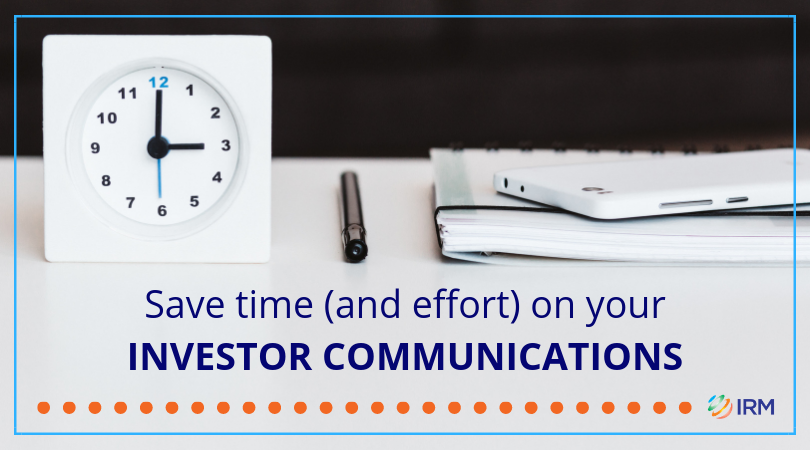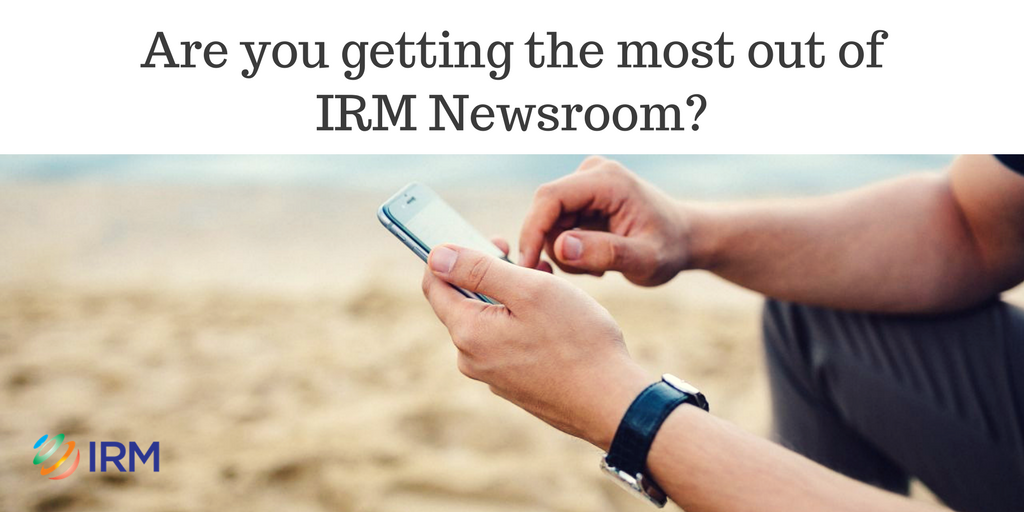In today's IRMatters post, Director of Platform Communications, Kirsty Danby explores the role of social media in crisis management situations and provides some excellent, practical guidelines for communications practitioners.
|
 |
Earlier this month, researchers from the Queensland University of Technology released results of a three year study into how social media is being used during crisis communications.
It found that while platforms such as Facebook and Twitter were recognised as increasingly important in the dissemination of information during crisis events, they were not always used well.
“The official use of social media for crisis communications within emergency management organisations is still relatively new and ad hoc, rather than being systematically embedded within or effectively coordinated across agencies,” the report reads.
Statistics support using SM channels as part of your communications mix
Latest statistics out of the United States i show a steady increase in the number of people using social media – with Instagram now the most popular and fastest-growing platform.
It’s a little different in Australia with the latest Sensis report (published May 2015) showing Facebook still out in front with 93 per cent of social networkers maintaining a profile.
But visual sites like Instagram are also growing quickly with 5 million Australians logging on every month.
Based on this data, the importance of social media is clear. However, in Platform’s experience, many companies are risk averse when it comes to social media and prefer to leave it be rather than establish a presence. Aside from ignoring a potential audience, this strategy also reduces the communication opportunities available during a crisis.
Guiding principles
There are some key principles which companies can follow to enable a safe social media presence – such as having a defined strategy from the outset, designated social media managers and a framework for what content is suitable.
"Having clear guidelines becomes even more important when a crisis arises. Things get messy; people are emotional, facts are often unclear and confusion can hamper communication efforts."
|
 |
If a company has a plan for using social media during a crisis, the process will be much smoother.
One of the first steps is to make a public statement acknowledging that an incident has occurred. Social media is the ideal platform for these announcements (and successive updates) given its real-time nature.
BHP Billiton has worked to this strategy in the aftermath of the Samarco disaster with various announcements and videos, posted numerous times per day.
.jpg)
In the week following the incident in Brazil, Samarco was referred to close to 35,000 times, as the graph below shows, which clearly demonstrates the importance of communicating to this online audience.

Announcements on social media should be transparent, consistent and factual.
It’s also important to hand the social media responsibility over to someone who understands the company and corporate communications so as to ensure accurate messages that work in line with reputation management strategies.
In order to help emergency organisations improve social media use during crises, the Queensland University of Technology has recommended a national framework be established. Read the full list of recommendations here.
But this shouldn’t be restricted to emergency organisations – as we’ve seen with the Samarco incident resources companies also need to be prepared.
Getting started
Need some help planning how your company might use social media in a crisis? Contact Kirsty Danby, Director at Platform Communications, at +61 8 6467 7640, or contact Platform, here.
IRM Newsroom can publish your ASX Announcements, blog posts and other news items to a variety of channels, including social media. Ask IRM how it fits your strategy. Visit and follow us below:

 Online Investor Engagement Specialists
Online Investor Engagement Specialists



